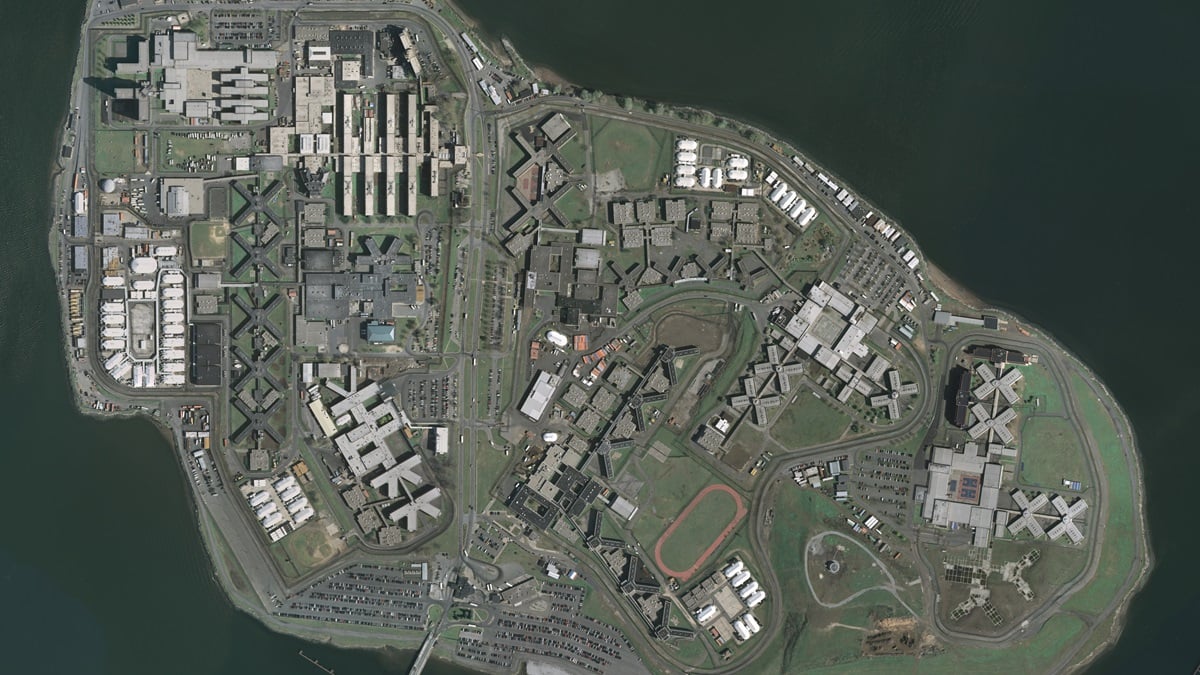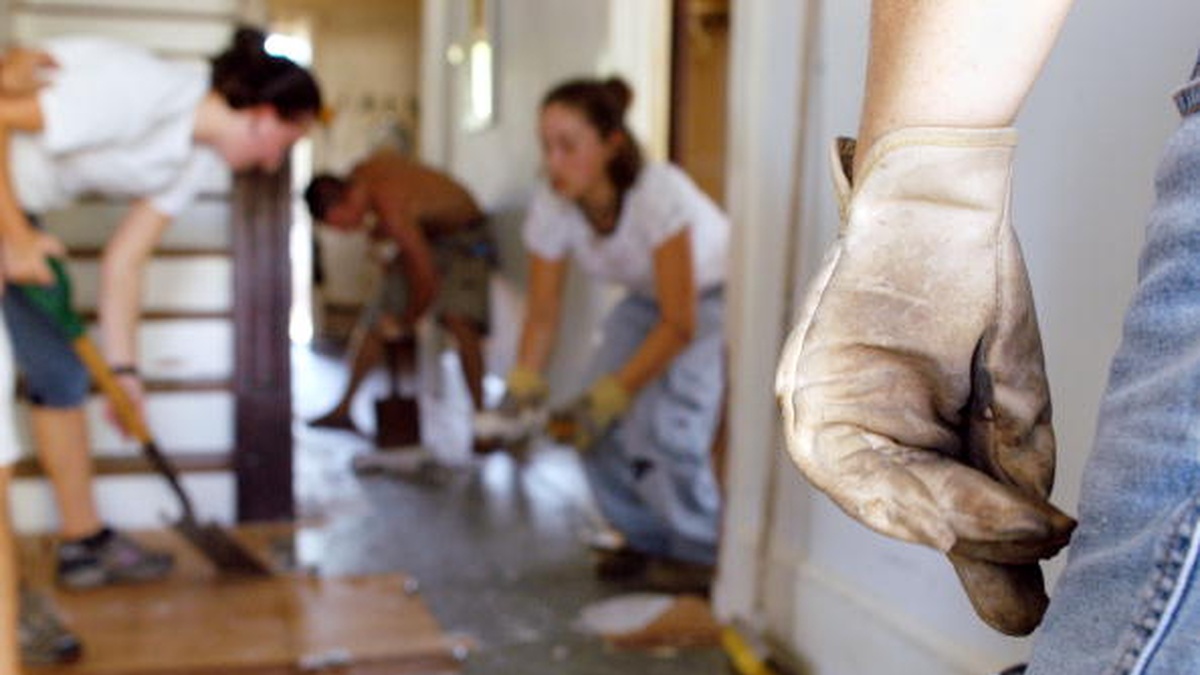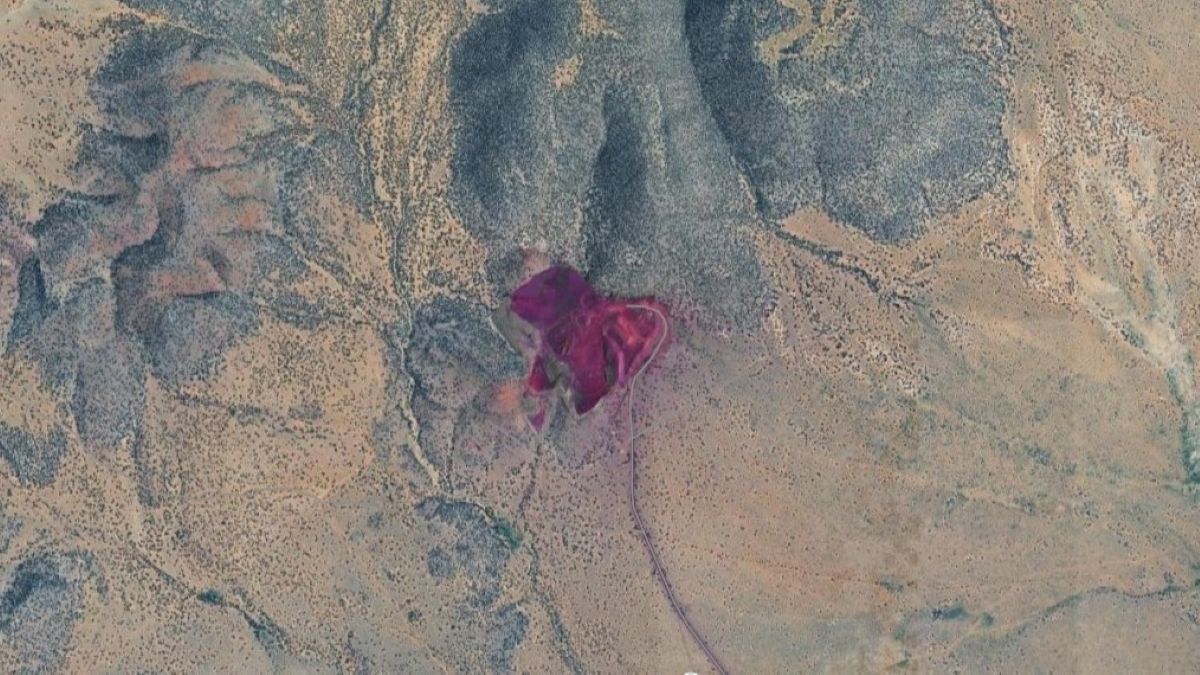Rikers Island, New York City’s biggest jail complex at 413 acres, is situated in the East River between the Bronx and Queens. The jail is considered one of the toughest, and many detainees who have had the unfortunate experience of being locked up in the facility have shared stories of overcrowding, dilapidated rooms, violence, and alarming conditions and incidents.
Rikers Island has been operating as a jail since 1932. Before that, however, the property has a rich history that dates back to the 1630s when the land was purchased by a man named Abraham Rycken.
It was built on a landfill
Rycken, who was born in the Netherlands, settled in Long Island in 1638. In 1664, he purchased about 88 acres of uninhabited land that would later be called Rikers Island. Throughout the decades, the property was passed on from generation to generation in the Rycken family.
In the years before the Civil War, the massive land served as a training ground for military personnel. In 1884, the Rycken family sold the property to the city for $180,000 (about $5.7 million in today’s money).
Initially, the city planned to use Rikers Island as a workhouse to provide work opportunities for the impoverished. However, the plan didn’t come to fruition. Instead, it became a dumping ground for trash. In 1922, the city was banned from throwing garbage into the ocean, and Rikers Island became a landfill. Heaps of garbage littered the land and vermin scavenged the trash.
The plan to use Rikers Island as a jail came in the mid-1920s, but the facility didn’t open until 1932. The complex consisted of more than two dozen buildings and seven cellblocks. Homes were also constructed for the jail’s employees. By that time, the garbage problem on the property had worsened. Smoke and fumes from the burning of trash resulted in a stench that permeated the senses. There were reports of misuse of funds, and roofing and plumbing violations were discovered as well. In addition, the jail was overcrowded.
Efforts to fix the landfill and pollution problem came in the early 1930s. New York City Planner Robert Moses ordered the trash to be placed elsewhere as the Worlds Fair was going to be held in New York in 1939, and the garbage heap would have been unsightly for the international visitors.
It was always overcrowded
One of the biggest issues Rikers Island faces today is overcrowding, but that’s nothing new. Throughout the years, the land had increased from less than a hundred acres to 400 acres. The jail expanded as well, but still, there was constant overcrowding. Reports from the 1950s showed that there were close to 8,000 inmates detained in jails designed to accommodate about 4,200.
Later, more facilities were added but the space wasn’t enough for the jail population. The conditions continued to worsen despite the expansions. In 1969, 14,000 prisoners were sharing a space meant for 8,000 inmates.
One of the worst prisons
With Rikers Island’s awful history, it’s no surprise that it is considered one of the worst prisons in the United States. Many stories have come out throughout the years including assaults from staff and neglect. A report from Vera Institute of Justice notes that from 2022 to January 2024 alone, 29 inmates have died in Rikers Island due to medical neglect and suicide.
In recent years, there have been calls for the jail’s closure, but that won’t happen anytime soon. There is a plan to replace the large complex with separate borough-based jails by Aug. 2027, but so far, it seems that deadline won’t be met.











Published: Jun 10, 2024 04:19 am